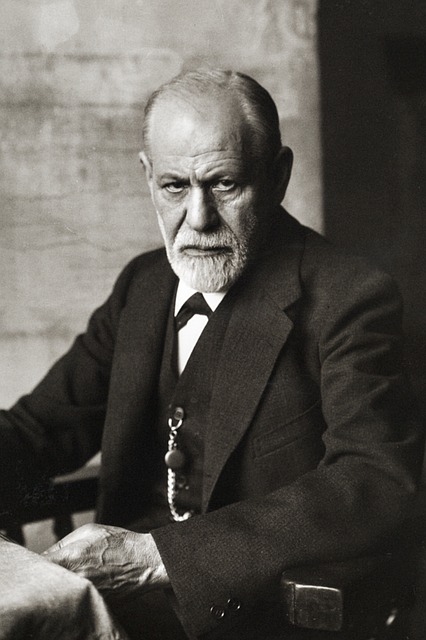My View of Important Mental Processes

Over the course of a long career in academic and professional psychology, the author and his students have explored mental processes identified by psychoanalysis as central to human behavior and well-being. My study of the ego-ideal, or the goals toward which persons strive, revealed that the decision processes linked to ideals were the same or similar to those in general decision-making (van den Daele, 1968). As more participants were interviewed, the author discovered that adult rationales for preferences fell into three broad categories. Justifications were either subjective, objective, or normative –or a mixture of the three categories. Subjective rationales relied on references to the inner world, feelings, desires, affects, emotions, fantasies, visions, or the like. Objective rationales appealed to causality, real world experience, experiment and validation. Normative rationales depended upon norms of right and wrong, shoddy or tasteful, beautiful or ugly with the idea that these norms were socially shared or could be socially shared given the right perspective (van den Daele, 1974). Each of these categories was associated with an appropriate logic. To be consistent, subjective justification depends upon dialectical logic; objective justification, standard logic, and normative justification, deontic logic. Each logic has a long history in the study of logic and mathematics. Young children characteristically mix up the categories, along with the logic of justification. Mature adults, however, keep categories and logic well-parsed. With the addition of several hundred adults subjects, the research on adult rationales was updated and summarized in the Manual for Codification of Executive Judgment. The challenge to codify judgment and assign a “level” or “stage” of maturity and caused the author to develop a theory of logic (van den Daele, 1996). The theory of logic provided an intermediary between observations in neuropsychology and cognition. The logic theory harmonized with Jeff Hawkins’, Vernon Mountcastle’s, and Donald Hebb’s “cell assembly” approach to cognitive linkages.

The “macro” or “big picture” neuropsychology that underlies dreams and executive function is described in The Cartography of Mental Organization (van den Daele, 1994). Thus the cartography provides the bases for two types of mental processes and grounds seemingly unrelated forms of mental activity within a single framework. Direct Interpretation of Dreams: Neuropsychology extends the neuropsychological foundation for Direct Interpretation of Dreams (van den Daele, 1996).
Both dreams and executive judgment are codified in terms of their subjective, objective, or normative orientation and complexity of structure. The Manual for Codification of Dreams mirrors the Manual for Codification of Executive Judgment. The paper-and-pencil test of Executive Judgment is the EJI. However, dreams may not be remembered and do not occur on demand. The Music Apperception Test (MAT) evokes narration that relies upon many of the same mental modules as dreams. Therefore, the MAT may be employed as a proxy for “configural” mental processes that weave together feelings, images, and episodic memory. The MAT is an individually administered test that combines features of the Thematic Apperception Test, the Rorschach, and narrative story telling (van den Daele, 2014).
The featured categories of investigation and assessment do not occur in an emotional, physical, or social vacuum. All are subject to genetics, physical factors, individual variation, and the vicissitudes of culture and experience. I have examined a selection of these influences in twin research, intervention studies, and case histories.
